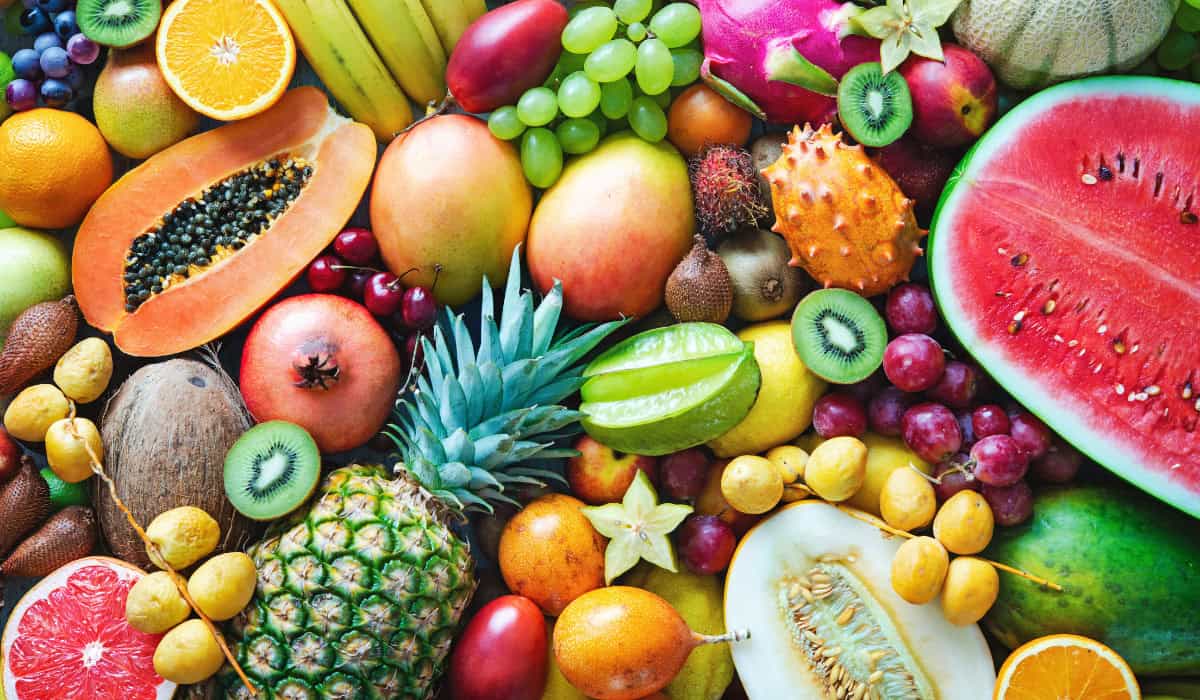
©AlexRaths via Canva.com
The Rise of $400 Pineapples and the Luxury Fruit Trend
May 20, 2024
The Rubyglow pineapple, known for its unique red exterior and sweetness, is priced at $395.99 at Melissa’s Produce, a specialty fruit and vegetable retailer in California.
After 15 years of development, Del Monte, a produce wholesaler specializing in pineapples, introduced the red-hued Rubyglow pineapple. It debuted in China earlier this year, and now it has made its way to the U.S. market. Melissa’s Produce is selling this exclusive fruit for $395.99.
It may not be the ideal financial climate to introduce a highly expensive piece of fruit in America. Recently, rising grocery prices dominated headlines, causing significant stress for consumers and straining their budgets. With ongoing concerns about inflation and unemployment, many Americans are now tightening their purse strings.
Despite the economic challenges facing the nation, there remains a noticeable interest in luxury fruits. This demand has incentivized Del Monte to introduce the Rubyglow pineapple, grown in Costa Rica, to the U.S. market.
Cindy van Rijswick, fresh produce strategist for Rabobank’s global research team, said, “Consumers are willing to pay for something that’s special.” She added that when it comes to specialty produce, “there’s always a small market for higher-end restaurants, or foodies, or certain online channels.”
In recent years, Americans have shown a growing interest in a unique range of fruits, and they are willing to pay a premium price for them. Fruits like Honeycrisp apples, Cotton Candy grapes, Sumo Citrus, and vertically grown Japanese strawberries have gained significant popularity. Consumers’ enthusiasm doesn’t stop there; they are now eager for more exotic choices and willing to invest in innovative new fruit varieties.
However, $400 for a pineapple seems a bit excessive.
Over three decades ago, when the Honeycrisp apple was introduced, the supermarket shelves were limited in apple varieties.
Jim Luby, a professor in the horticultural science department at the University of Minnesota, reminisced that Red Delicious, Golden Delicious, and, in certain regions, McIntosh apples were the staple offerings at the time. However, beyond these, options were limited. He said, “If you didn’t go out to a local orchard, you didn’t have that many choices.”
The Honeycrisp quickly grew in popularity, and it helped show retailers that the risk of adding new fruits to the market “can be justified.” So far, the Rubyglow, which its website describes as a “rare gem” and “the pinnacle of luxury fruit,” has sold about half of the 50 pineapples Melissa’s Produce put up for sale this month.
“There’s a market for this,” said Robert Schueller, director of public relations at Melissa’s Produce. It’s just a niche, small market. “This is not something for everybody.”
Recent News








